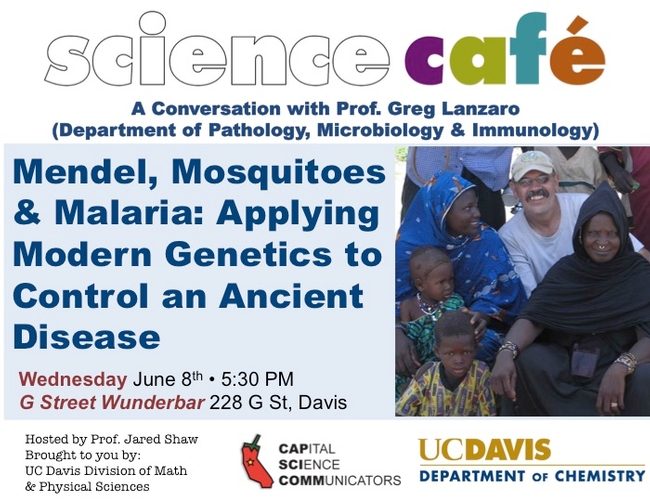- Author: Kathy Keatley Garvey
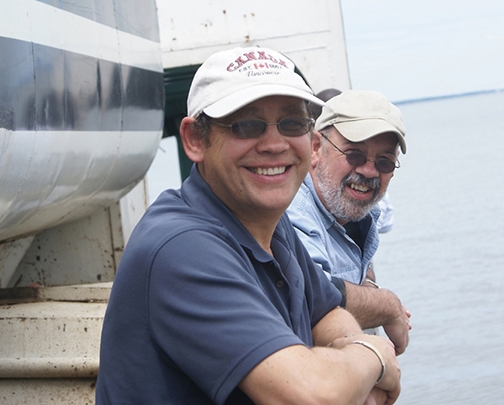
"Can Genetically Modified Mosquitoes End Disease?" spotlights the work of Gregory Lanzaro, director of the UC Davis Vector Genetics Laboratory, and a professor in the School of Veterinary Medicine's Department of Pathology, Microbiology and Immunology, and his "blood brother," longtime fellow mosquito researcher Anthony "Anton" Cornel, a member of the UC Davis Department of Entomology and Nematology (ENT) faculty, director of the UC Mosquito Control Research Laboratory, and researcher in the Vector Genetics Laboratory.
The New York Times' feature, written by global health reporter Stephanie Nolen, appears in the Sept. 29 edition.
An earlier news story announcing the $10.2 million grant to the UC Davis Vector Genetics Laboratory, from Open Philanthropy, was posted Jan. 25, 2022 on the UC Davis Department of Entomology and Nematology website. In that story, Lanzaro, former ENT faculty member and former director of the now-folded UC Mosquito Research Program, explained that the research involves "the release of Anopheles mosquitoes engineered to prevent transmission of the malaria parasite Plasmodium falciparum on the islands. We are working in collaboration with the UC Irvine Malaria Initiative, a research consortium including scientists from UC Irvine, San Diego and Berkeley as well as Johns Hopkins University. We are working toward the application of advanced genetic tools aimed at the mosquito vector. It is our belief that this approach, used in conjunction with early malaria treatment and detection, can provide a cost effective, sustainable, and environmentally responsible program to ultimately eliminate malaria from Africa.”
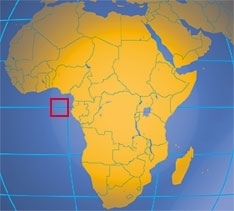
"The malaria situation in São Tomé and Príncipe, an African island nation with a population of 200,000, epitomizes the current challenge in the global struggle against the disease," Nolen wrote. "The country is among the world's least developed, and it has depended on foreign aid to fight malaria. Various campaigns over the past 50 years drove cases down, only to have them resurge worse than ever when the benefactor moved on."
Lanzaro told Nolen that "we've been working on this for 30 years, and from the beginning we said, It has to work, but it also has to be inexpensive, and it has to be sustainable. And we believe we have it...We have got to get going. We can't just keep saying 10 more years, 10 more years. Six million people have died while we've been fiddling around.”
Cornel agrees. In the initial UC Davis news story, he commented: "The fight to reduce and possibly eliminate malaria continues and becomes especially challenging as efforts to reduce malaria morbidity have plateaued since 2015. Therefore, we must seriously consider new tools. One such tool is genetically modifying the major mosquito vector in the Afrotropics so that it cannot transmit malaria. The project aims to use genetically modified mosquito strategy to reduce and eliminate malaria from the Islands of São Tomé and Príncipe, as proof of concept, before using this technology on larger scales on mainland Africa."
The New York Times' story pointed out that "genetic modification is a controversial endeavor. Governments are hesitant, and few in Africa have laws to regulate the use of the technology. Its risks lie in the unknowns: Could the modified mosquito evolve in some way that has harmful effects on the rest of the ecosystem? Could it prompt a dangerous mutation in the malaria parasite, which will find a new way to spread to survive?"
"These fears," Nolen wrote, "are why the University of California team chose São Tomé and Príncipe for its experiment: The island nation is isolated and has limited international traffic. The team has also built in a plan to wipe out the population of its modified mosquitoes if there is a need to end the experiment for any reason."
See the entire news story, Can Genetically Modified Mosquitoes End Disease?
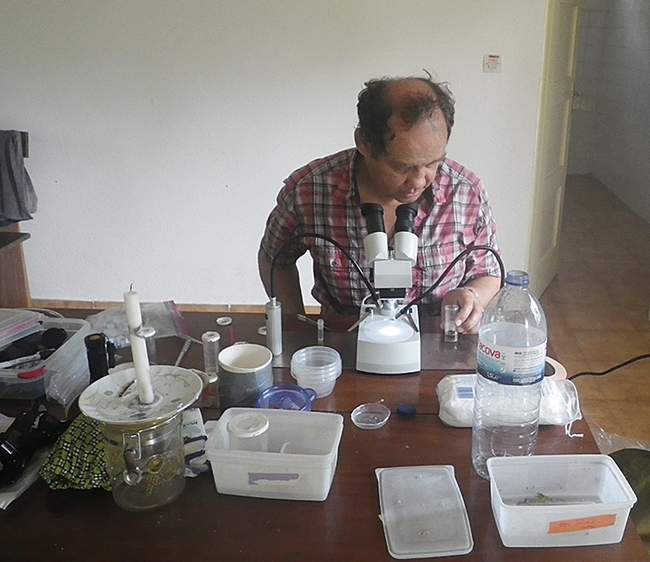
- Author: Kathy Keatley Garvey

The hybrid event, organized by the Brazilian Academy of Sciences and CNPq and featuring the keynote lecture and five round tables, is set April 26-27. Registration is underway at https://forms.gle/QKhrbfp7gNuYLUDY8. The seminar, in Portuguese with English translations, will be live on YouTube at https://www.youtube.com/watch?v=ytBA4OA9aOc.
Leal, a corresponding member of the Brazilian Academy of Sciences and a native of Brazil, is a distinguished professor with the Department of Molecular and Cellular Biology, College of Biological Sciences, and former chair of the Department of Entomology, College of Agricultural and Environmental Sciences. In his keynote lecture, Leal will call attention to the CNPq-UC Davis program, “Science without Borders,” which he helped launch 10 years ago to support undergraduate, graduate students and postdoctoral studies at UC Davis.
Leal's hybrid presentation (part recorded and part live) will focus on three “Science Without Border” students whose education at UC Davis played a critical role in launching their careers. One is now an assistant professor at Penn State; another is a data scientist at a Brazilian university; and the third is an entrepreneur. “And one of them met her husband at UC Davis,” Leal related.

- UC Davis Chancellor Gary May will congratulate CNPq in the name of UC Davis, which houses nearly 100 faculty with professional links to Brazil.
- UC Davis distinguished professor Bruce Hammock, the 35-year director of the federally funded UC Davis Superfund Research Program (SRP) (and who holds a joint appointment with the Department of Entomology and Nematology and the Comprehensive Cancer Center), will discuss the history of SRP and his dedication to hosting many Brazilian students, postdocs, and other collaborators.
- UC Irvine distinguished professor Anthony James, professor of microbiology and molecular genetics, who collaborates with UC Davis professor Greg Lanzaro of the School of Veterinary Medicine, will discuss how philanthropy helps to shape current vector biology research.
- World-renowned economist Jose Scheinkman of Brazil, who received an early career scholarship that shaped his career path to the University of Chicago, Princeton, and now Columbia University, will discuss how CNPq plays a key role in the Brazilian scientific economy and its training of scientists.
- John Wingfield, distinguished emeritus professor, UC Davis Department of Neurobiology, Physiology and Behavior, College of Biological Sciences, and former head of the Directorate of Biological Sciences at the National Science Foundation (NSF), will share information on how NSF operates.
Other participants will include Sally Rockey, inaugural executive director of the Foundation for Food and Agriculture Research; Sonny Ramaswamy, former administrator of the National Institute of Food and Agriculture; Professor John Hildebrand, International Secretary of the National Academy of Sciences; Daniel Mucida, head of the Laboratory of Mucosal Immunology at Rockefeller University; Nantel Suzuki, program executive of NASA's Human Landing System; and Scott Hutchins, former Deputy Under Secretary of Agriculture.
Brazilian biomedical scientist Helena Nader will be inaugurated next month as the first female president in the 106-year-history of the Brazilian Academy of Sciences.

- Author: Kathy Keatley Garvey
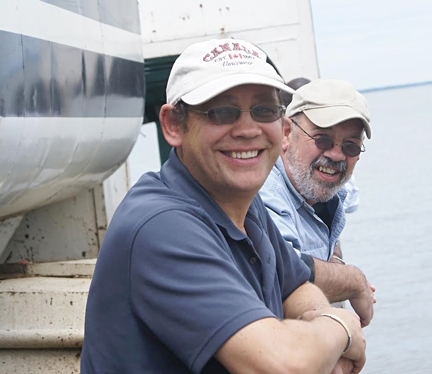
The research, published in the Sept. 15 edition of PLOS Genetics, involved the study of Anopheles arabiensis, in Kilombero Valley in Tanzania. The mosquito is the primary vector of malaria in east Africa.
"We know that blood feeding preference among mosquitoes can be species specific,” said co-author and professor Greg Lanzaro, who leads the Vector Genetics Laboratory, UC Davis Department of Pathology, Microbiology and Immunology and is an affiliate of the UC Davis Department of Entomology and Nematology. “For example, there are mosquito species that specialize in feeding on amphibians or reptiles. We also know that many species are more catholic when choosing a meal and this can have important implications to human health—it's how some disease agents move between animals and humans.”
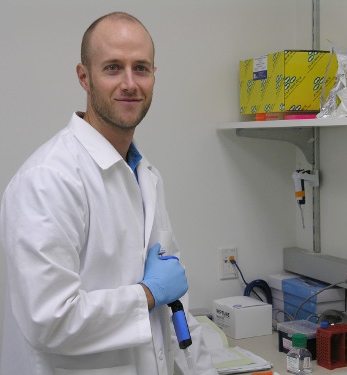
The publication is the work of a 13-member international team. Bradley Main, a researcher in the Vector Genetics Lab, is the lead author.
“Whether there is a genetic basis to feeding preferences in mosquitoes has long been debated,” said lead author Bradley Main, a researcher in the Vector Genetics Lab. “Using a population genomics approach, we have established an association between human feeding and a specific chromosomal rearrangement in the major east African malaria vector. This work paves the way for identifying specific genes that affect this critically important trait.”
Other co-authors, in addition to Lanzaro, are Anthony Cornel of the UC Davis Department of Entomology and Nematology faculty; researchers Yoosook Lee, Heather Ferguson, Travis Collier, Catelyn Nieman, Allison Weakley, all of the Vector Genetics Lab; Katharina Kreppel, Nicodem Govella and Anicet Kihonda of the Ifakara Health Institute, Ifakara, United Republic of Tanzania; and computer scientists Eleazar Eskin and Eun Yong Kang of UCLA.
In their summary, they wrote: “Malaria transmission is driven by the propensity for mosquito vectors to bite people, while its control depends on the tendency of mosquitoes to bite and rest in places where they will come into contact with insecticides. In many parts of Africa, where coverage with Long Lasting Insecticide Treated Nets is high, Anopheles arabiensis is the only remaining malaria vector. We sought to assess the potential for An. arabiensis to adapt its behavior to avoid control measures by investigating the genetic basis for its host choice and resting behavior. Blood fed An. arabiensis were collected resting indoors and outdoors in the Kilombero Valley, Tanzania. We sequenced a total of 48 genomes representing 4 phenotypes (human or cow fed, resting in or outdoors) and tested for genetic associations with each phenotype. Genomic analysis followed up by application of a novel molecular karyotyping assay which revealed a relationship between An. arabiensis that fed on cattle and the standard arrangement of the 3Ra inversion. This is strong support that An. arabiensis blood-feeding behavior has a substantial genetic component. Controlled host choice assays are needed to confirm a direct link between allelic variation within the 3Ra inversion and host preference.”
The publication, "The Genetic Basis of Host Preference and Resting Behavior in the Major African Malaria Vector, Anopheles arabiensis," is online at http://journals.plos.org/plosgenetics/article?id=10.1371/journal.pgen.1006303

- Author: Kathy Keatley Garvey
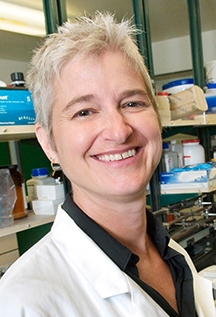
Spotlighted are parasitologist and entomologist Shirley Luckhart, professor in the UC Davis School of Medicine's Department of Medical Microbiology and immunology and the Department of Entomology and Nematology; medical entomologist Gregory Lanzaro, professor, Department of Pathology, Microbiology and Immunology (PMI), UC Davis School of Veterinary Medicine, and an associate of the UC Davis Department of Entomology and Nematology; chemical ecologist Walter Leal, professor in the UC Davis Department of Molecular and Cellular Biology and former chair of the UC Davis Department of Entomology; virologist Lark Coffey of PMI; and UC Davis post-doctoral researcher Young-Moo Choo of the Leal's lab who discovered a receptor by dissecting mosquitoes' mouthparts and genetically testing them.

The KQED piece, drawing widespread interest, is the work of Gabriela Quirós, coordinator producer of Deep Look, KQED Science.

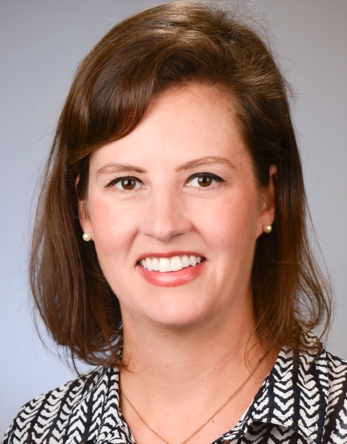
Luckhart said that the mosquitoes detect body heat and substances called volatile fatty acids. “The volatile fatty acids given off by our skin are quite different," Luckhart told Quirós. "They reflect differences between men and women, even what we've eaten. Those cues are different from person to person. There's probably not one or two. It's the blend that's more or less attractive.”
“Mosquitoes don't find the blood vessel randomly," Leal said, pointing out that the receptors respond to chemicals in the blood.
The receptor that the Leal lab discovered is called 4EP, and may lead to drug companies developing new mosquito repellents. “First they'd need to find a repellent against the receptors," Choo told Quirós. "Then they'd treat people's skin with it. When the mosquito tried to penetrate the skin, it would taste or smell something repulsive and fly away.”
Lanzaro said that the latest malaria statistics--more than 300 million people contracted malaria in 2015, and some 635,000 died--are "probably an underestimate."
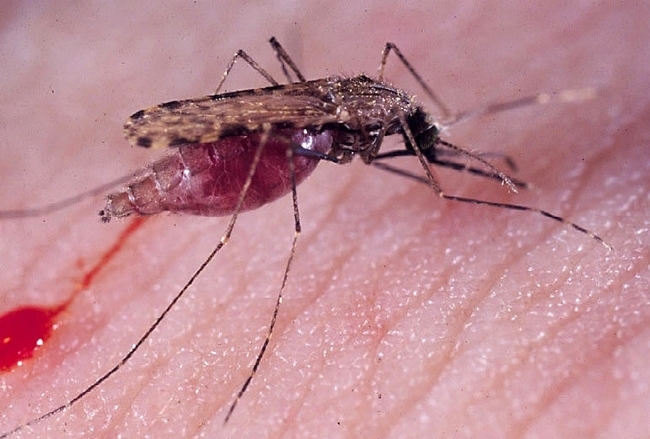
- Author: Kathy Keatley Garvey
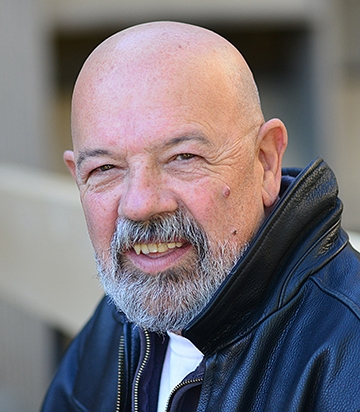
The event, billed as "A Conversation with Professor Lanzaro," will be hosted by Professor Jared Shaw of the UC Davis Department of Chemistry. Shaw founded the Davis Science Café in 2012. Science Café is held the second Wednesday of each month. All programs are free and open to the public. Science Café is affiliated with the Capital Science Communicators.
Lanzaro, a noted malaria mosquito researcher, is the former director of the UC Statewide Mosquito Research Program, UC Agriculture and Natural Resources.
